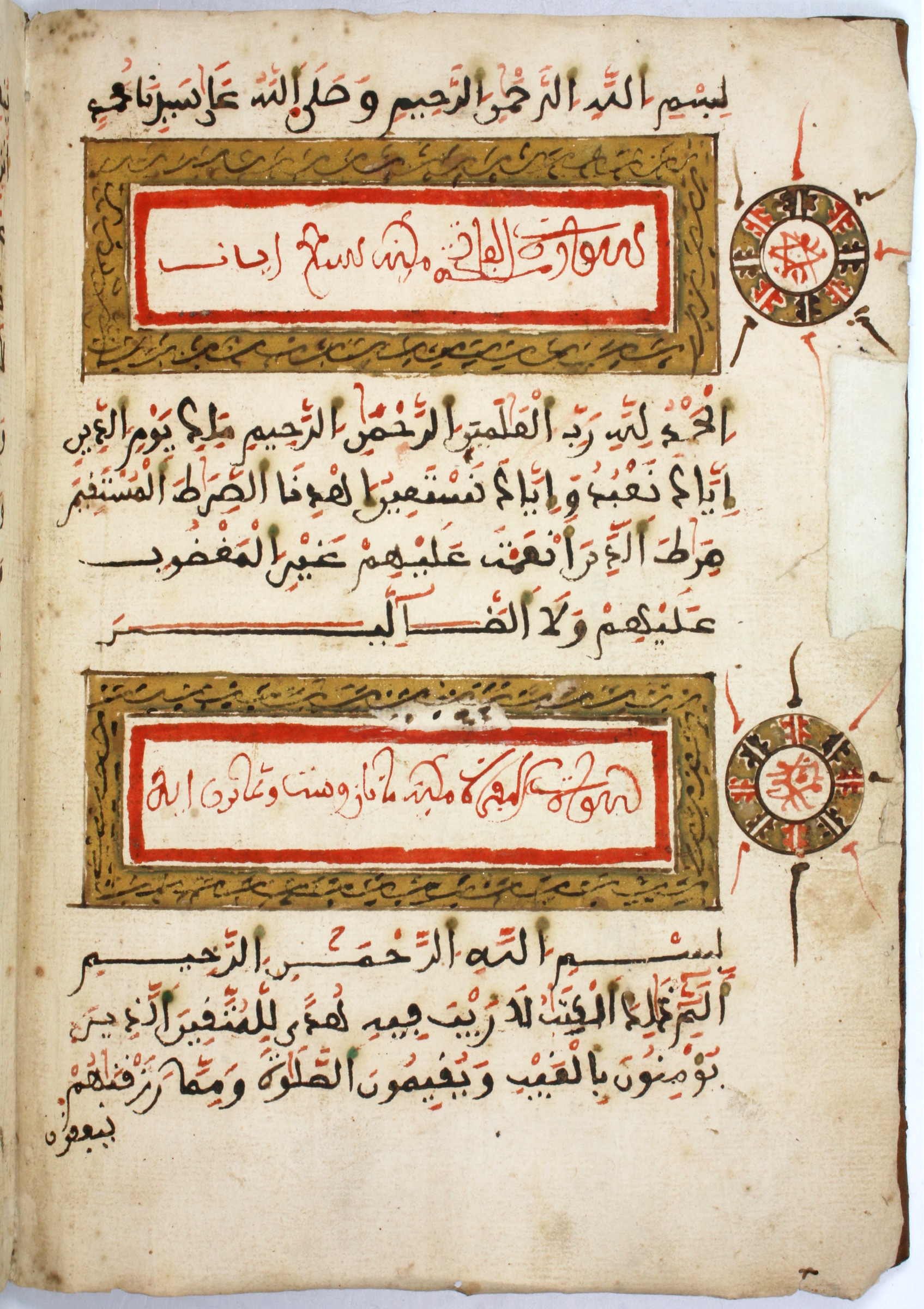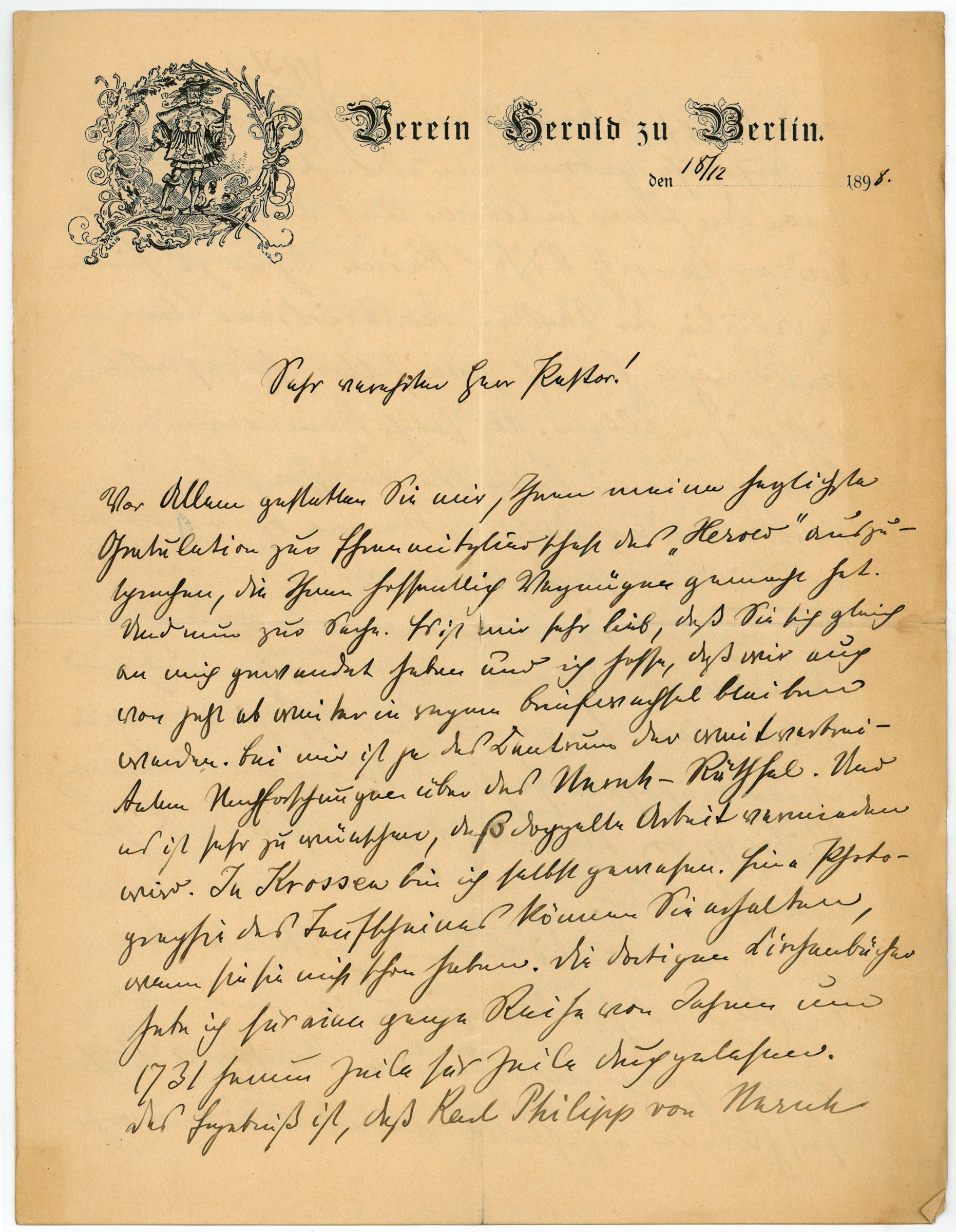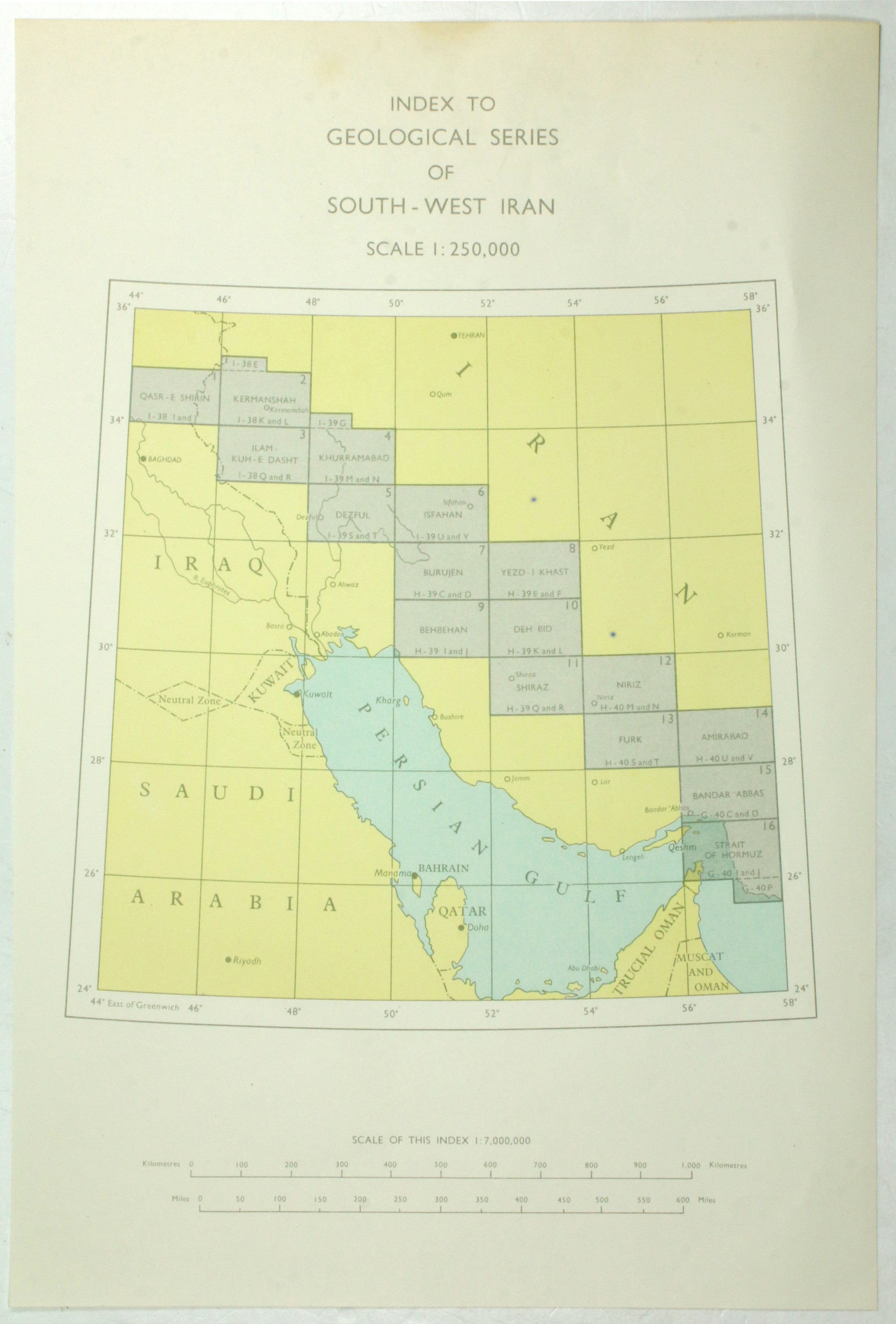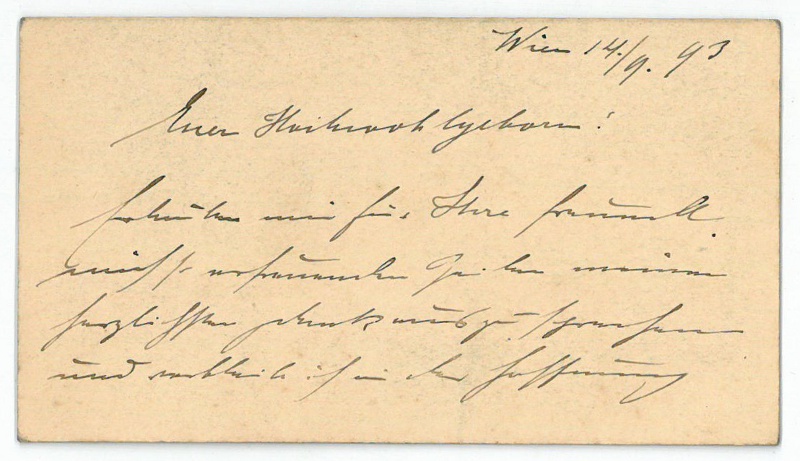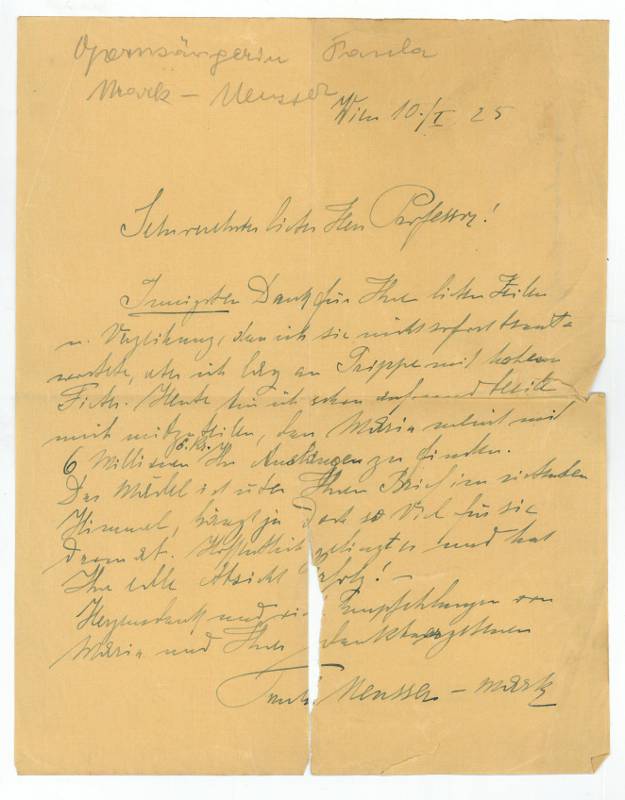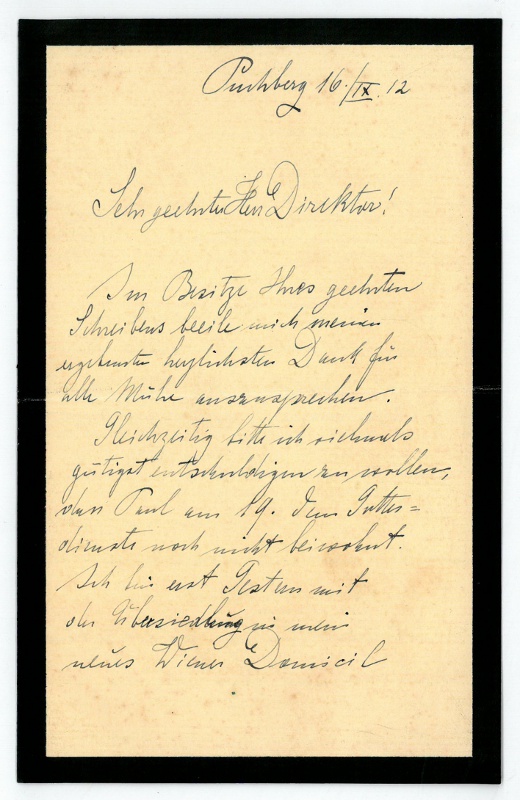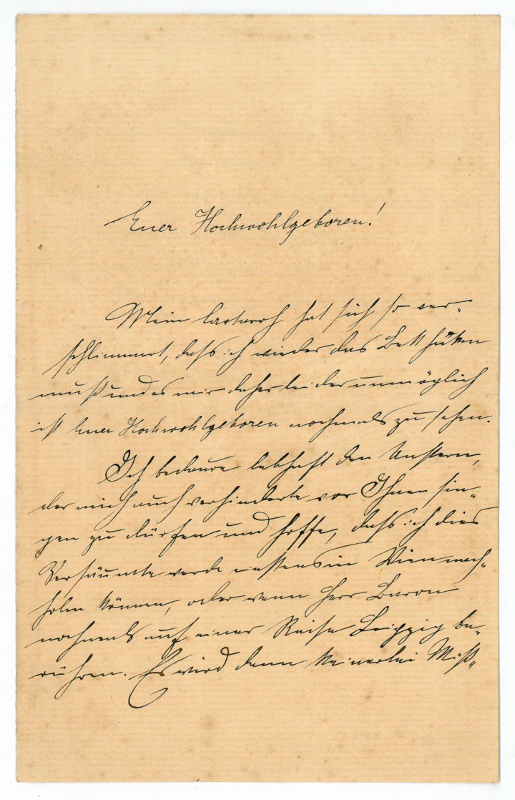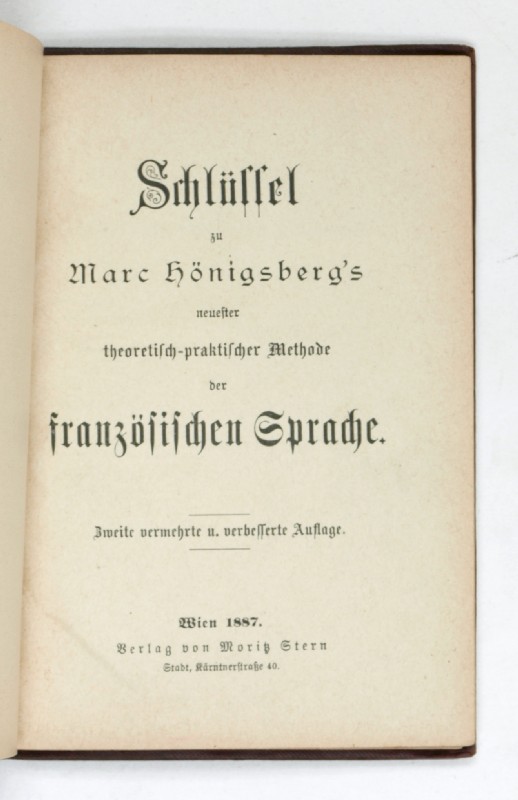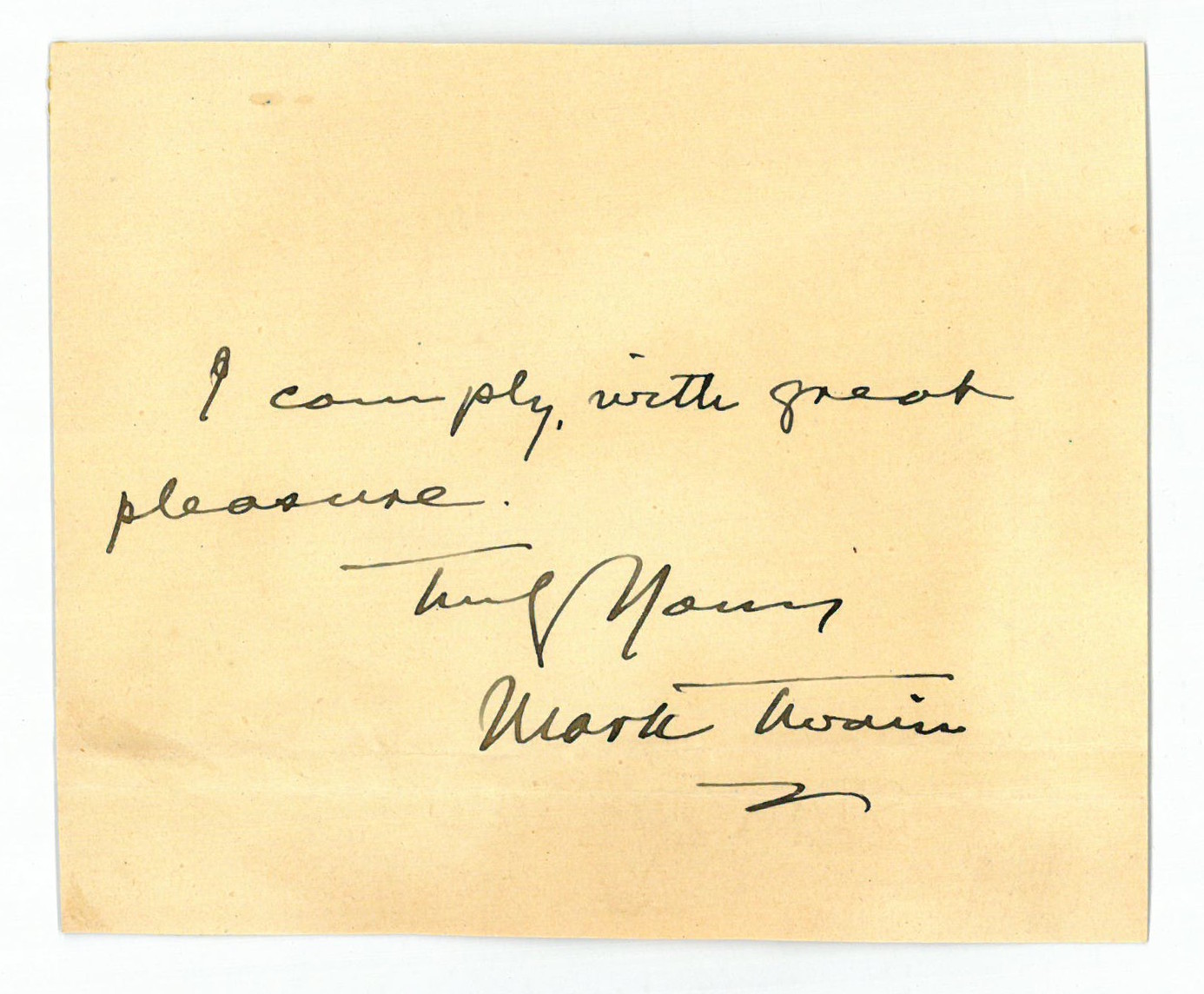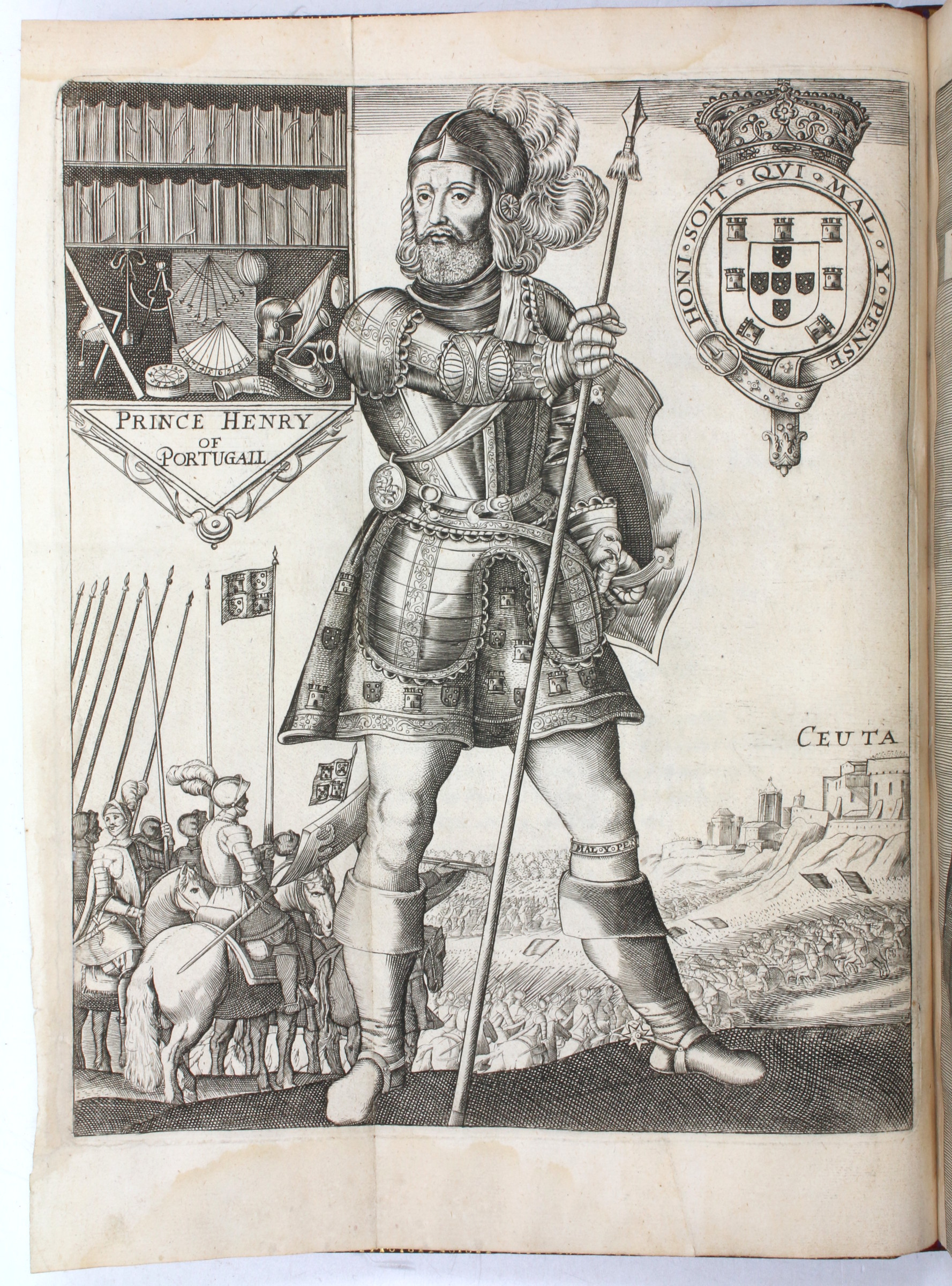
The Lusiad, or, Portugals historicall Poem.London, 1655.
The first English edition of the great epic poem of Portuguese exploration, based by Camões on Vasco de Gama’s discovery of the sea route to India in 1497/98. "The 'Lusiads' is a synthesis of all the elements included in the reality and myth of Portugal's overseas expansion. It captures the heroism and the suffering, the glory and the disillusionment, the generosity and the avarice which characterized the national enterprise. The author himself was the only major Portuguese poet to participate personally in the voyage, the wars, and the rigors of life in Asia. His epic successfully combines the personal with the national experience and provides thereby an intelligible, individualistic expression of the collective enterprise in which Portuguese of all walks of life had engaged either directly or indirectly" (Lach).
In the early 1530s the great Portuguese historian João de Barros had called for an epic poem of Portuguese exploration and discovery. Luis de Camões (1524-80) answered that call four decades later with the 1572 publication of "Os Lusíadas". Camões was educated in a monastic school in Coimbra, and produced poetry and plays at a young age. In his early twenties he was banished from Lisbon after producing a play considered disparaging to the royal family. He served as a soldier in the Portuguese forces besieging Ceuta in North Africa, where he lost an eye. Camões returned to Lisbon in 1550, but found himself in more trouble, and was pardoned by the King on condition he serve the Crown in India for five years. He arrived in Goa in late 1553 and stayed there briefly before joining an expedition to the Malabar Coast. In 1556 he left Goa again for the East Indies, taking part in the military occupation of Macao, where he remained for many months. On his return trip to India, he was shipwrecked off the Mekong and wandered in Cambodia before reaching Malacca and eventually returning to Goa.
Camões's inspiration for his epic poem was Virgil's Aeneid. He made the explorer Vasco de Gama his great hero, using his exploits to glorify the achievements of the Portuguese nation, the "sons of Lusus". Beyond the glorification of Portuguese colonial exploits, the Lusiads contain descriptions of the flora, fauna, and geography of Asia and India, as well as ethnographic details, informed both by Camões's own experiences as well as his familiarity with Ptolemy and Barros. The epic was immensely popular upon its publication, appearing in numerous Portuguese and Spanish editions before the end of the century.
Richard Fanshawe (1608-66) travelled to Madrid in the 1630s and there "laid the foundations of the mastery of Spanish which was to be central both to his diplomatic career and to his career as a translator of Spanish literature" (ODNB). During the Civil War he was ambassador to Spain of King Charles II in exile, but was arrested by Cromwell after the Battle of Worcester in 1651 and sent into voluntary exile at Tankersley Park in Yorkshire. There he composed the present work, dedicated to his host William Earl of Strafford. It was the first translation of a Portuguese literary work into English, though Fanshawe produced his English verse rendition via a scholarly Castilian edition, in prose, of 1639. He prefaces it with a parallel-text translation of a section from Petronius’s "Satyricon", and a translation of Tasso’s sonnet on Camões.
For the frontispiece, Fanshawe had a copy of Camões's unmistakable portrait as poet laureate in plate armor made and paired it with English verses that make the Portuguese poet speak of himself. By copying the original without alteration, the inattentive or careless anonymous engraver inverted Camões' good and bad eye. This artist can be identified with some certainty with Thomas Cross (active 1642-82), the printmaker behind the portrait of Vasco da Gama. Though cropped here, as often found in copies of Fanshawe's translation, and thus lacking Cross's signature to the lower edge, a complete copy at the British Museum attests to his authorship. That the portrait of Prince Henry of Portugal is of better quality can be attributed to the fact that the likely co-author Cross here re-used the printing plate of Thomas Cecil's portrait of Edward the Black Prince before the Battle of Poitiers from ca. 1625. Traces of the polished-out caption "Poitiers", now replaced by Ceuta, the battle that robbed Camões of his right eye, are still visible.



